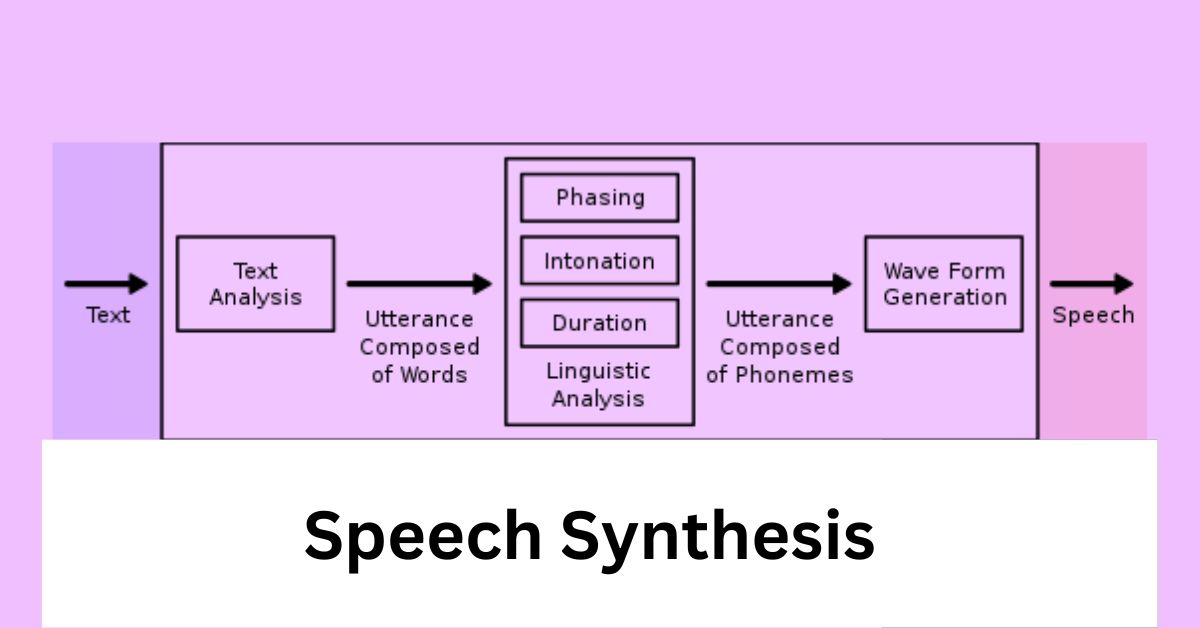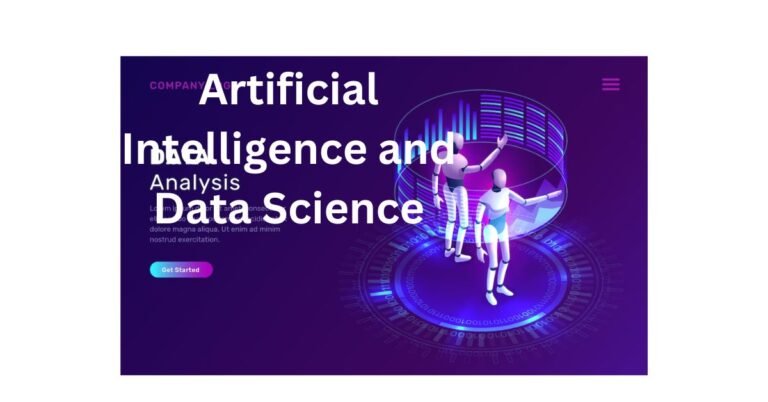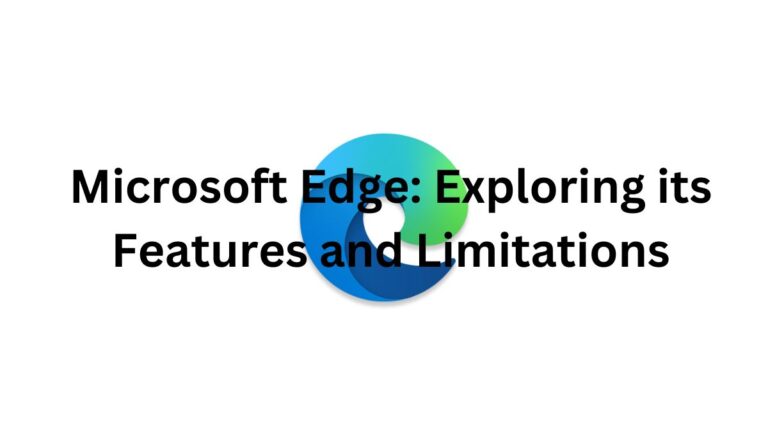Speech Synthesis: Bridging the Gap Between Technology and Human Speech
Speech synthesis, the artificial production of human speech, is revolutionizing the way we interact with technology. Imagine having a computer speak for you, conveying information, and bridging communication gaps effortlessly.
In this article, we’ll delve into the two primary types of speech synthesis, explore their applications, and examine how this technology is evolving to become an integral part of our daily lives.
Types of Speech Synthesis
Concatenative Synthesis

Concatenative synthesis involves stitching together recordings of real human speech. Typically, these recordings consist of individual phonemes or short words and phrases, forming the building blocks of synthesized speech.
While this method offers a natural sound, it comes with challenges, such as limitations in flexibility and potential disruptions in speech flow.
Text-to-Speech (TTS) Synthesis

On the other hand, text-to-speech synthesis relies on a computer algorithm to convert written text into spoken speech. This approach offers greater versatility, allowing the generation of speech from any text input.
TTS systems analyze the text, generate corresponding sounds, and are constantly evolving to provide more natural and lifelike voices.
Applications of Speech Synthesis
Speech synthesis finds applications across various domains, contributing to accessibility, education, entertainment, and customer service.
- Assistive Technology: Individuals with disabilities, such as blindness, can use speech synthesizers to have text read aloud, enhancing their interaction with computers and digital content.
- Education: Speech synthesizers aid in learning to read and spell, and they contribute to the creation of educational materials like audiobooks and podcasts.
- Entertainment: From video games to movies, speech synthesizers play a crucial role in creating voices for characters, adding a unique dimension to the entertainment experience.
- Customer Service: Automated telephone answering systems and chatbots leverage speech synthesis to enhance customer interactions, providing efficient and personalized responses.
Speech Synthesis in Action
Real-world examples showcase the impact of speech synthesis on various industries. In the realm of accessibility, synthetic voices empower individuals, breaking down communication barriers. In education, speech synthesis facilitates learning, making educational content more accessible to diverse audiences.
Advancements in Speech Synthesis
The quality of synthetic speech continues to improve with advancements in technology. Ongoing research and development contribute to more natural-sounding voices, enhancing user experiences across applications.
As technology progresses, speech synthesis is poised to become even more ubiquitous in our lives.
Challenges and Considerations
Despite its benefits, speech synthesis raises ethical considerations, including potential biases in algorithms and privacy concerns. Addressing these challenges is crucial for the responsible development and deployment of speech synthesis technology.
Speech Synthesis and Accessibility
The impact of speech synthesis on accessibility cannot be overstated. Visually impaired individuals, in particular, benefit significantly from synthesized speech, allowing them to engage with digital content and technology more independently.
Education and Speech Synthesis
Educational institutions leverage speech synthesis to create inclusive learning environments. By providing audio materials, educators can cater to different learning styles, making education more engaging and accessible.
Entertainment Industry and Speech Synthesis
In the entertainment industry, speech synthesizers contribute to the creation of unique and memorable characters. From video game narratives to animated films, these synthesized voices add depth and personality to virtual worlds.
Customer Service Automation
Businesses increasingly utilize speech synthesis in customer service automation. Automated telephone systems and chatbots powered by speech synthesis enhance efficiency, providing quick and accurate responses to customer inquiries.
Speech Synthesis: A Growing Field
The field of speech synthesis is dynamic, with continuous developments and collaborations between academia and industry. Emerging trends, such as personalized and emotionally expressive voices, highlight the evolving nature of this technology.
Conclusion
speech synthesis stands at the forefront of technological innovation, transforming the way we communicate and interact with digital devices.
As advancements continue, we can anticipate a future where speech synthesis seamlessly integrates into our daily lives, enhancing accessibility, education, entertainment, and customer service.
FAQs About Speech Synthesis
- What are the key benefits of speech synthesis?
- Speech synthesis enhances accessibility, aids learning, adds dimension to entertainment, and automates customer service interactions.
- Can speech synthesis be personalized?
- Yes, advancements in technology allow for personalized and emotionally expressive synthetic voices.
- How accurate are speech synthesizers in different languages?
- Accuracy varies, but continuous improvements in algorithms contribute to better performance across multiple languages.
- Are there privacy concerns related to speech synthesis?
- Yes, privacy concerns exist, and responsible development practices are essential to address them.
- How can businesses leverage speech synthesis for better customer interactions?
- Businesses can use speech synthesis in automated systems and chatbots to provide efficient and personalized customer service.





